- Home
- Articles
- Architectural Portfolio
- Architectral Presentation
- Inspirational Stories
- Architecture News
- Visualization
- BIM Industry
- Facade Design
- Parametric Design
- Career
- Landscape Architecture
- Construction
- Artificial Intelligence
- Sketching
- Design Softwares
- Diagrams
- Writing
- Architectural Tips
- Sustainability
- Courses
- Concept
- Technology
- History & Heritage
- Future of Architecture
- Guides & How-To
- Art & Culture
- Projects
- Interior Design
- Competitions
- Jobs
- Store
- Tools
- More
- Home
- Articles
- Architectural Portfolio
- Architectral Presentation
- Inspirational Stories
- Architecture News
- Visualization
- BIM Industry
- Facade Design
- Parametric Design
- Career
- Landscape Architecture
- Construction
- Artificial Intelligence
- Sketching
- Design Softwares
- Diagrams
- Writing
- Architectural Tips
- Sustainability
- Courses
- Concept
- Technology
- History & Heritage
- Future of Architecture
- Guides & How-To
- Art & Culture
- Projects
- Interior Design
- Competitions
- Jobs
- Store
- Tools
- More
Tom Lee Park by SCAPE & Studio Gang
Tom Lee Park in Memphis, redesigned by Studio Gang and SCAPE, transforms 31 acres of flat riverfront into a vibrant, inclusive, and ecologically resilient public space. Honoring the legacy of Tom Lee, the project blends civic architecture, native landscapes, and community-driven design to create a dynamic park that reflects and uplifts Memphis’s diverse communities.
Tom Lee Park is a landmark transformation of Memphis’s downtown riverfront—a 31-acre civic landscape redesigned as a welcoming, ecologically vibrant, and socially equitable public space. Envisioned and brought to life through a close collaboration between Studio Gang and SCAPE, the project reclaims the Mississippi riverfront for the people of Memphis, honoring history while reimagining the future of public space in the American South.
Named after Tom Lee, a Black river worker and local hero who rescued 32 people from the Mississippi River in 1925, the park now stands as a living tribute to courage, justice, and community. The design repositions this once-underutilized expanse into a destination that embodies environmental stewardship, urban connectivity, and cultural expression—all informed by sustained community engagement.
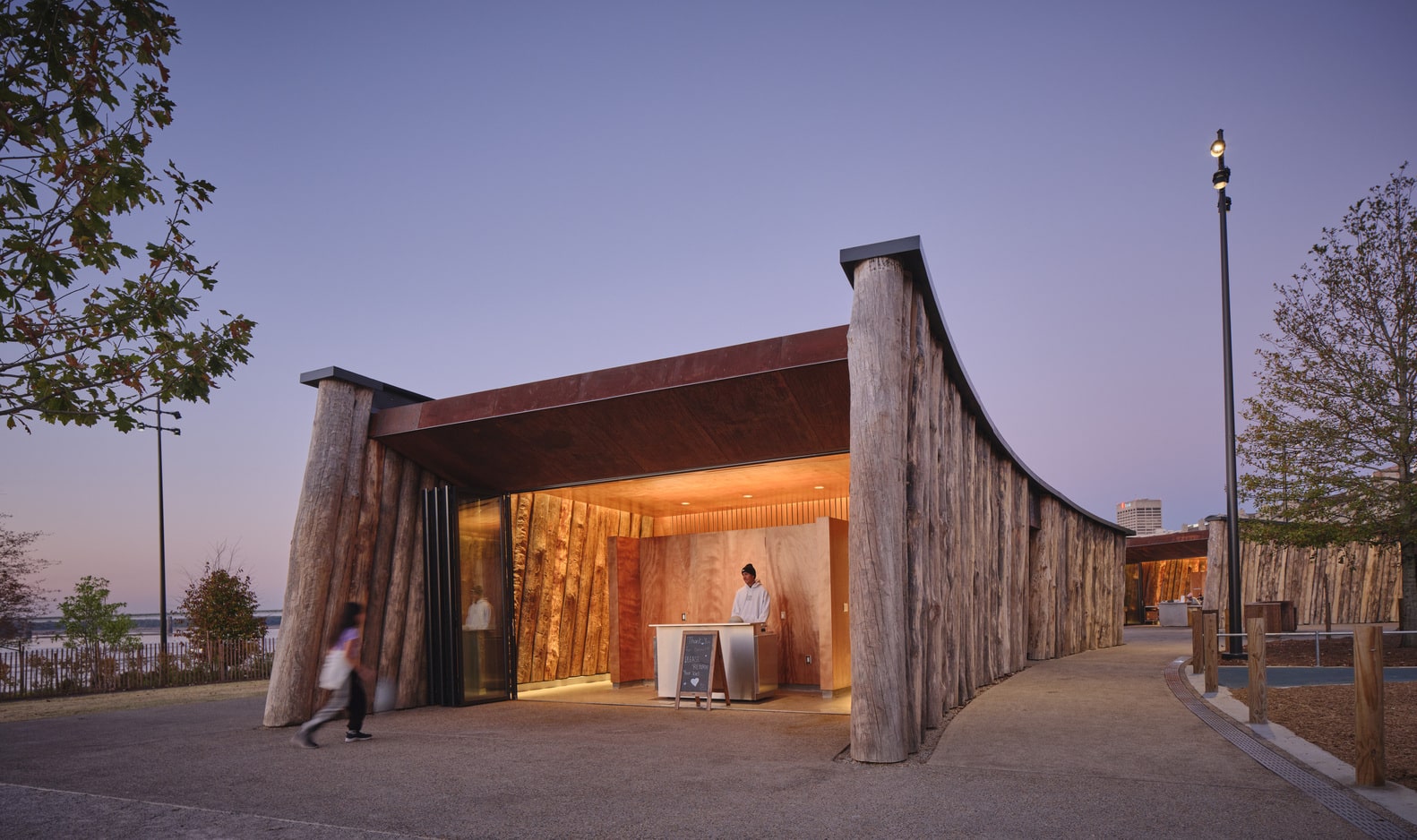
Table of Contents
ToggleReclaiming Space with Social Purpose
Located between the Mississippi River and Memphis’s downtown core, Tom Lee Park is strategically positioned at the intersection of wealth, history, and socioeconomic disparity. The site borders neighborhoods long affected by disinvestment and systemic neglect—including Tennessee’s lowest-income zip code.
From the earliest planning phases, the goal was not just to beautify the landscape, but to embed equity and access into the park’s DNA. The Memphis River Parks Partnership and the design team committed to a process rooted in transparency and participation, engaging thousands of Memphians through open forums, surveys, and a Youth Design Leadership program. These efforts ensured the final design reflected the city’s diverse voices and evolving needs.
Rebuilding the River’s Edge Ecologically
SCAPE’s landscape vision for the park restores the ecological integrity of the river corridor while shaping dynamic new topography. Replacing the site’s former flatness, undulating forms inspired by the flow of the Mississippi now shape the ground plane, providing visual interest, shade, and new perspectives on the river.
The team rehabilitated the park’s soils and introduced over 1,000 native trees, transforming the site into a habitat-rich landscape that supports pollinators, migratory birds, and native species. These interventions directly address Memphis’s urban heat island effect and provide essential ecological services, creating a climate-resilient green space that actively contributes to the health of the region’s environment.
A major aspect of the ecological strategy was integrating hydrological logic into the site’s layout. The river’s influence is felt not just visually but structurally, guiding circulation paths, vegetation zones, and topographic variation.
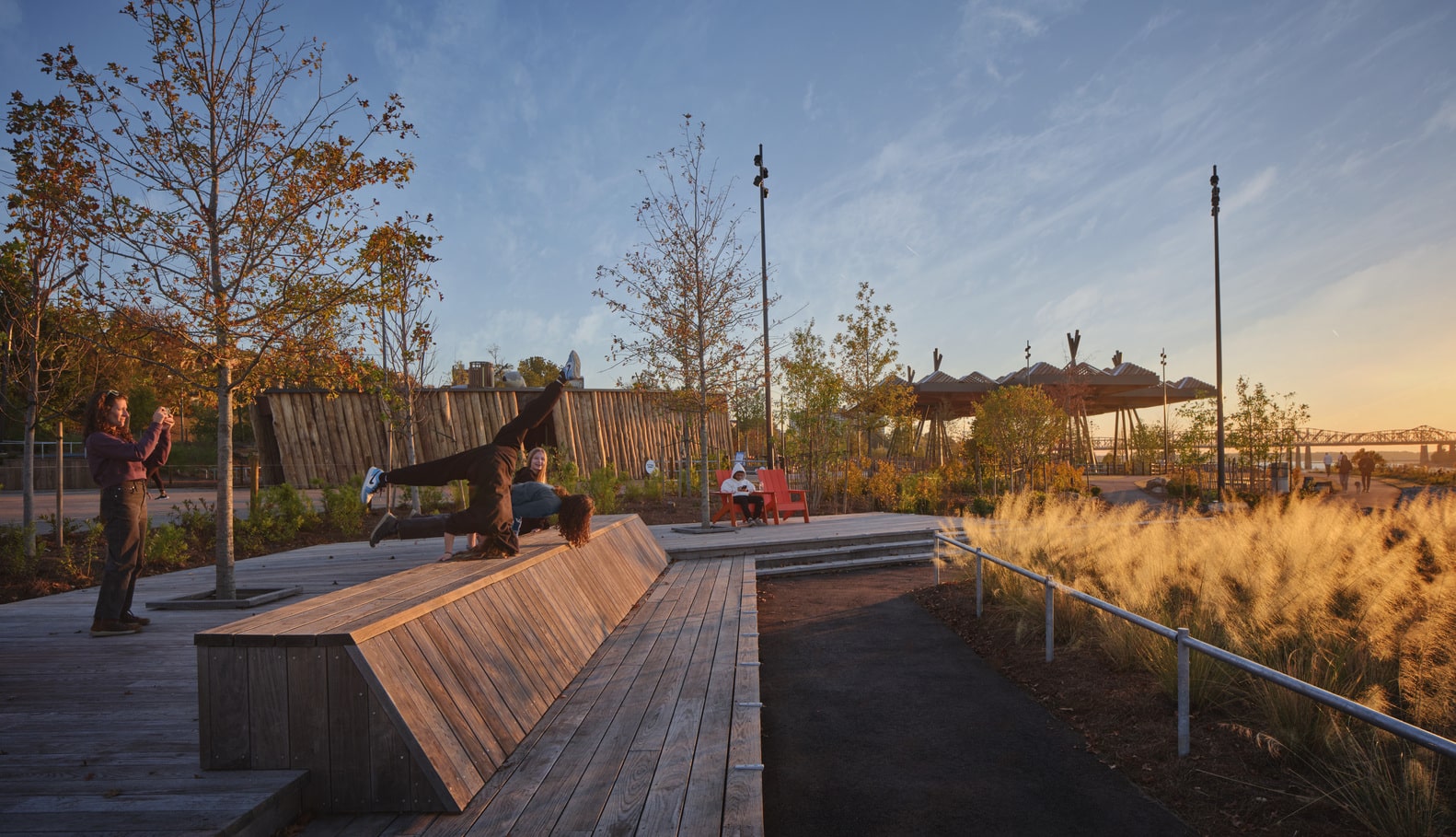
Four Zones, One Unified Experience
Tom Lee Park is organized into four interconnected zones, each tailored for different types of engagement:
-
Civic Gateway: Acting as the park’s urban threshold, this entry point draws people in from downtown Memphis with seating, signage, and programmed space for gatherings and events.
-
Active Core: A high-energy area with sports courts, fitness areas, and flexible infrastructure for concerts, classes, and performances.
-
Community Batture: A social heart for informal gatherings, shaded seating, and interactive landscape features.
-
Habitat Terraces: A contemplative zone prioritizing native plantings, sensory experiences, and quiet refuge for humans and wildlife alike.
Together, these zones create a gradient of activity, from lively public life to intimate connection with nature, linked by a continuous circulation network and unified by the park’s naturalistic aesthetic.
Architecture and Art that Serve the Community
The architectural centerpiece of the park is the Sunset Canopy, a 16,000-square-foot timber pavilion designed by Studio Gang. Constructed from sustainably sourced glulam beams and supported by six bundled steel columns, the canopy provides year-round shelter and shade for public events. Its design references the industrial riverfront structures of Memphis’s past while embodying contemporary sustainability values.
Beneath the canopy lies a striking, multicolored basketball court installation by artist James Little, a Memphis native. Alongside it stands A Monument to Listening by renowned artist Theaster Gates—a contemplative public art piece that underscores the importance of civic dialogue and inclusion.
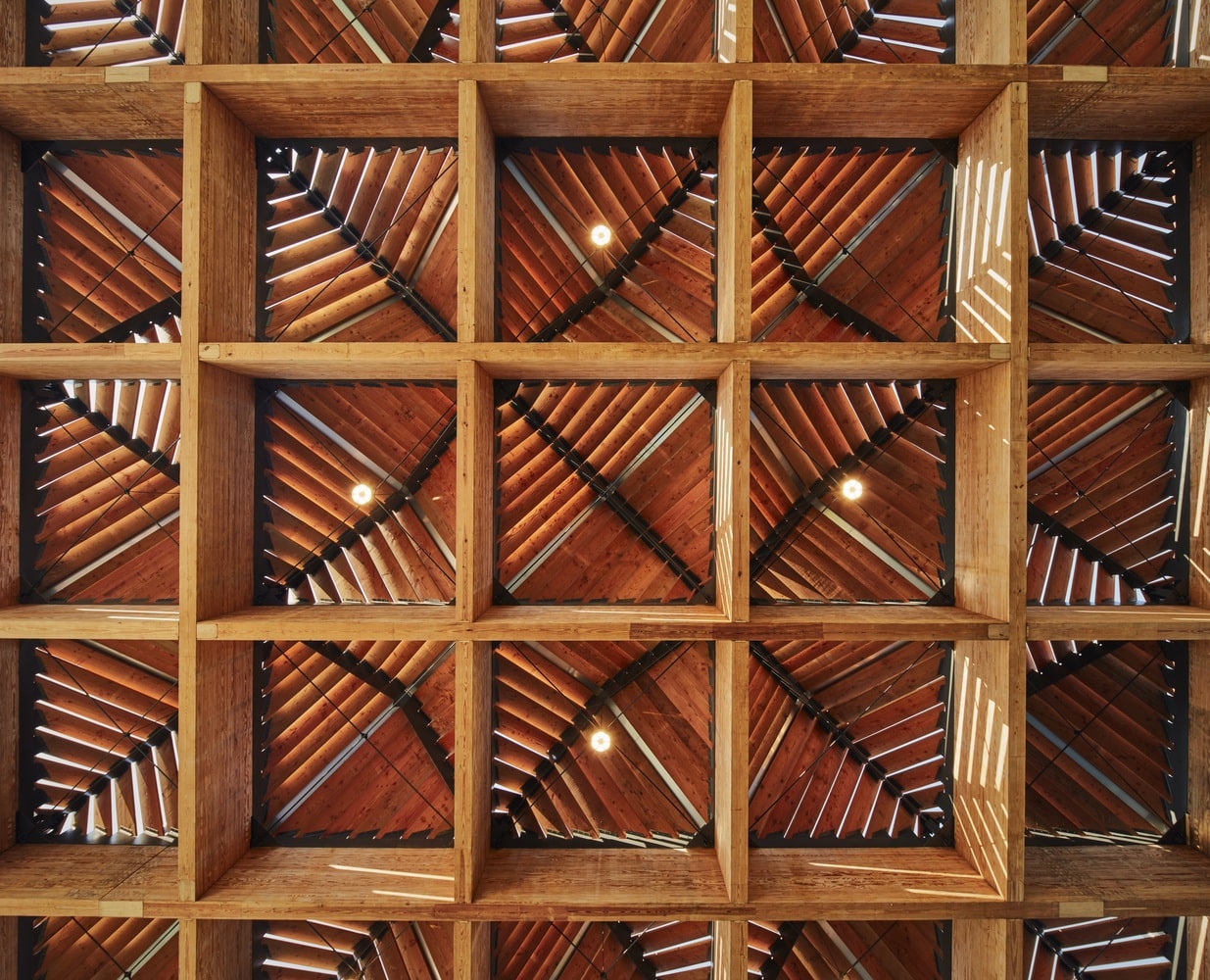
Accessibility, Infrastructure, and Community Investment
The park improves access for all Memphians by integrating ADA-compliant pathways down the previously inaccessible Cutbank Bluff, along with safe, redesigned pedestrian crossings across Riverside Drive. These infrastructural improvements physically and symbolically reconnect the city to its river.
Delivered through a public-private partnership, the $61 million revitalization project was funded by a combination of local, state, and federal sources, along with philanthropy and private donors. This coalition-based funding model reflects a shared belief in the power of well-designed public spaces to drive inclusive urban regeneration.
Tom Lee Park is more than a park—it is a civic catalyst. By blending ecological intelligence, inclusive design, and architectural beauty, it redefines what a public landscape can achieve. It offers a blueprint for how cities across the globe can reimagine their most undervalued land into spaces that center community, history, and healing—rooted in local identity, and open to everyone.
Photography: Tom Harris
- Accessible park design
- ADA-compliant public space
- Civic landscape architecture
- Community-centered park
- ecological urban design
- Habitat restoration in cities
- Inclusive urban space
- Memphis riverfront design
- Mississippi riverfront park
- Park with public art
- Public park revitalization
- Public-private partnership park
- Resilient landscape design
- SCAPE landscape architecture
- Studio Gang architecture
- Sunset Canopy Memphis
- Timber pavilion architecture
- Tom Lee Park Memphis
- Urban biodiversity project
- Youth-led urban design
I create and manage digital content for architecture-focused platforms, specializing in blog writing, short-form video editing, visual content production, and social media coordination. With a strong background in project and team management, I bring structure and creativity to every stage of content production. My skills in marketing, visual design, and strategic planning enable me to deliver impactful, brand-aligned results.
Submit your architectural projects
Follow these steps for submission your project. Submission FormLatest Posts
Basketball Court – Ralph C. Wilson Jr. Centennial Park by Adjaye Associates
Designed by Adjaye Associates, the basketball court at Ralph C. Wilson Jr....
DC Alexander Park by Brooks + Scarpa Architects
Explore the redesign of DC Alexander Park by Brooks + Scarpa Architects,...
Suan San Pocket Park by Shma Company Limited
Suan San Pocket Park in Bangkok transforms a derelict riverside site into...
Pazhou South Waterfront Park by SWA Group
SWA Group’s Pazhou South Waterfront Park in Guangzhou revitalizes the Huangpu Chong...


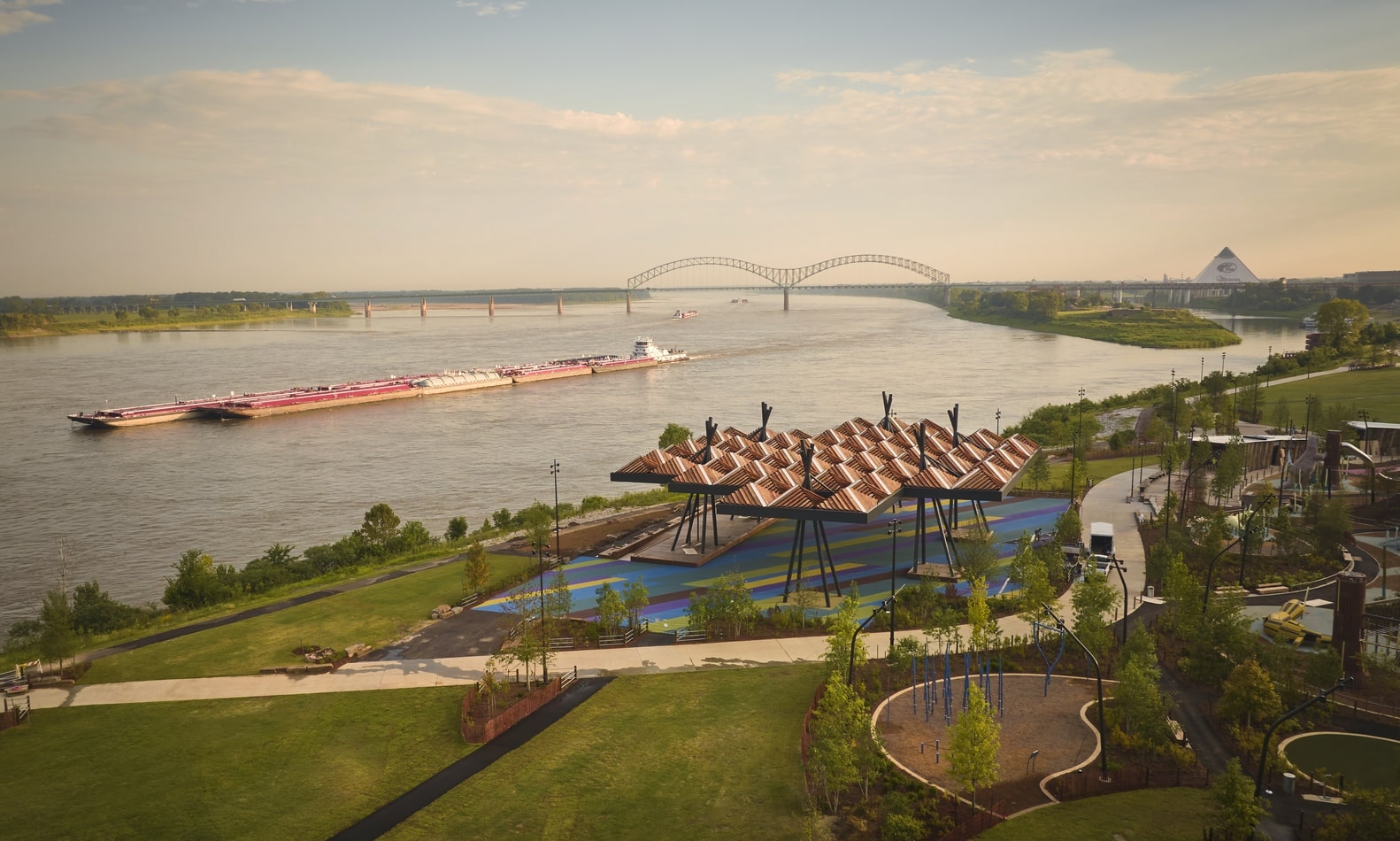


























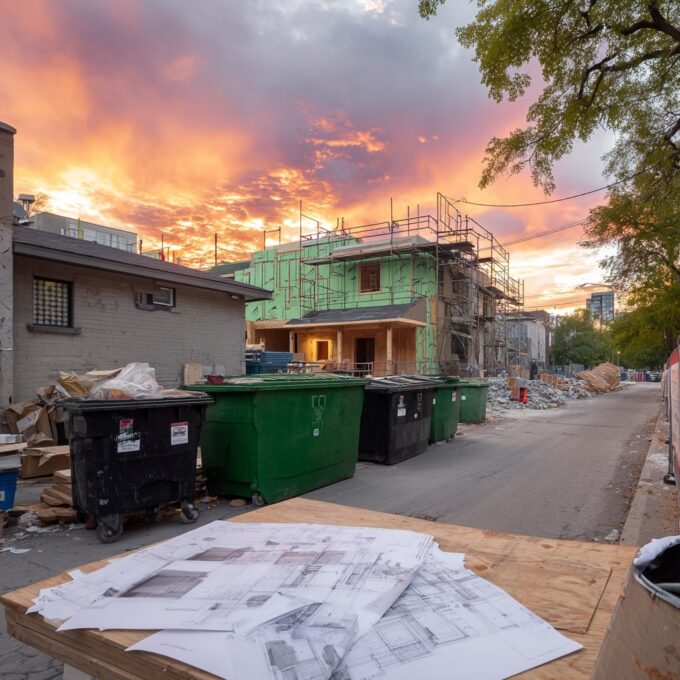
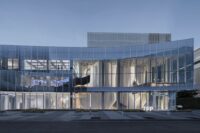


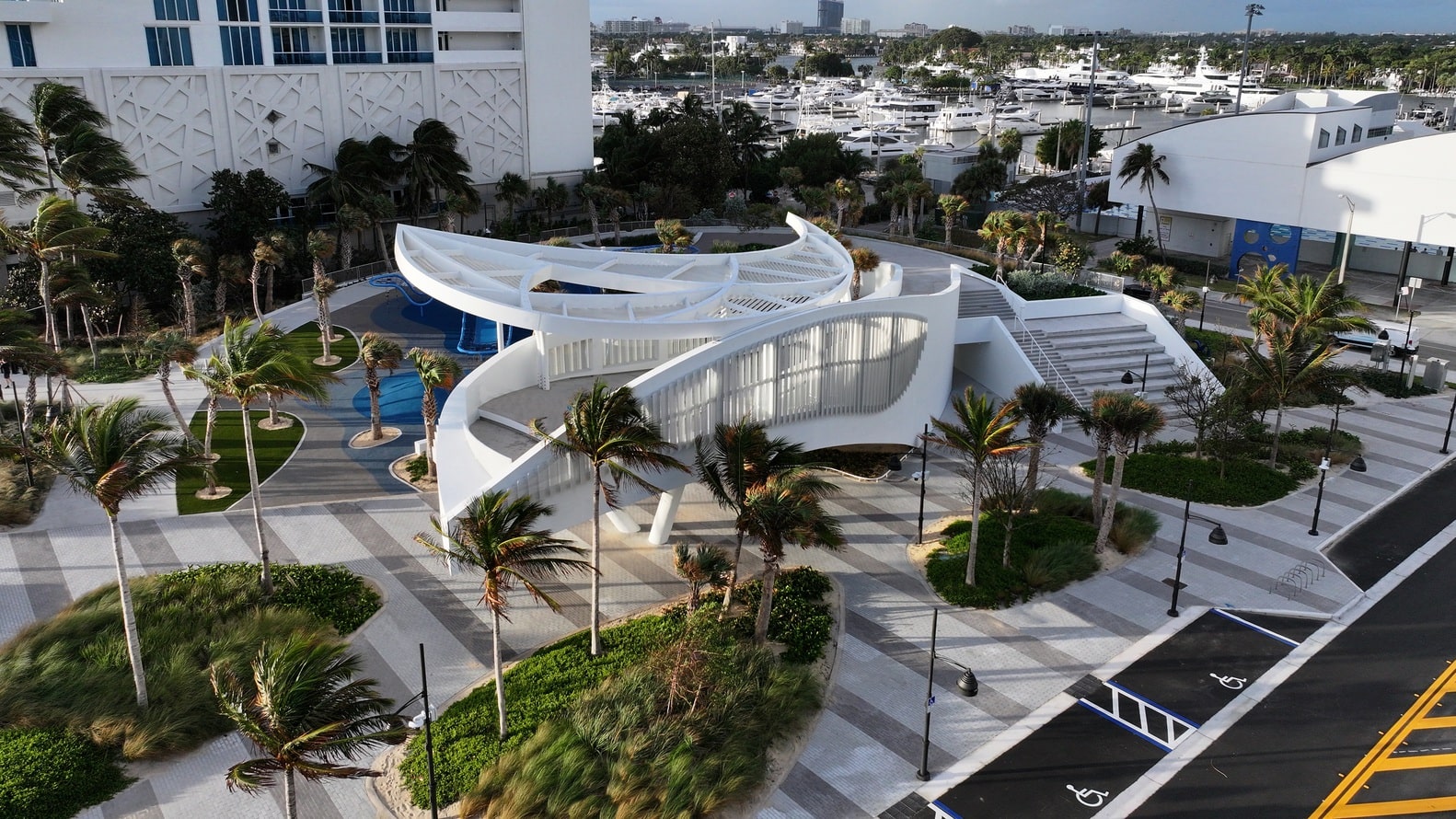


Leave a comment